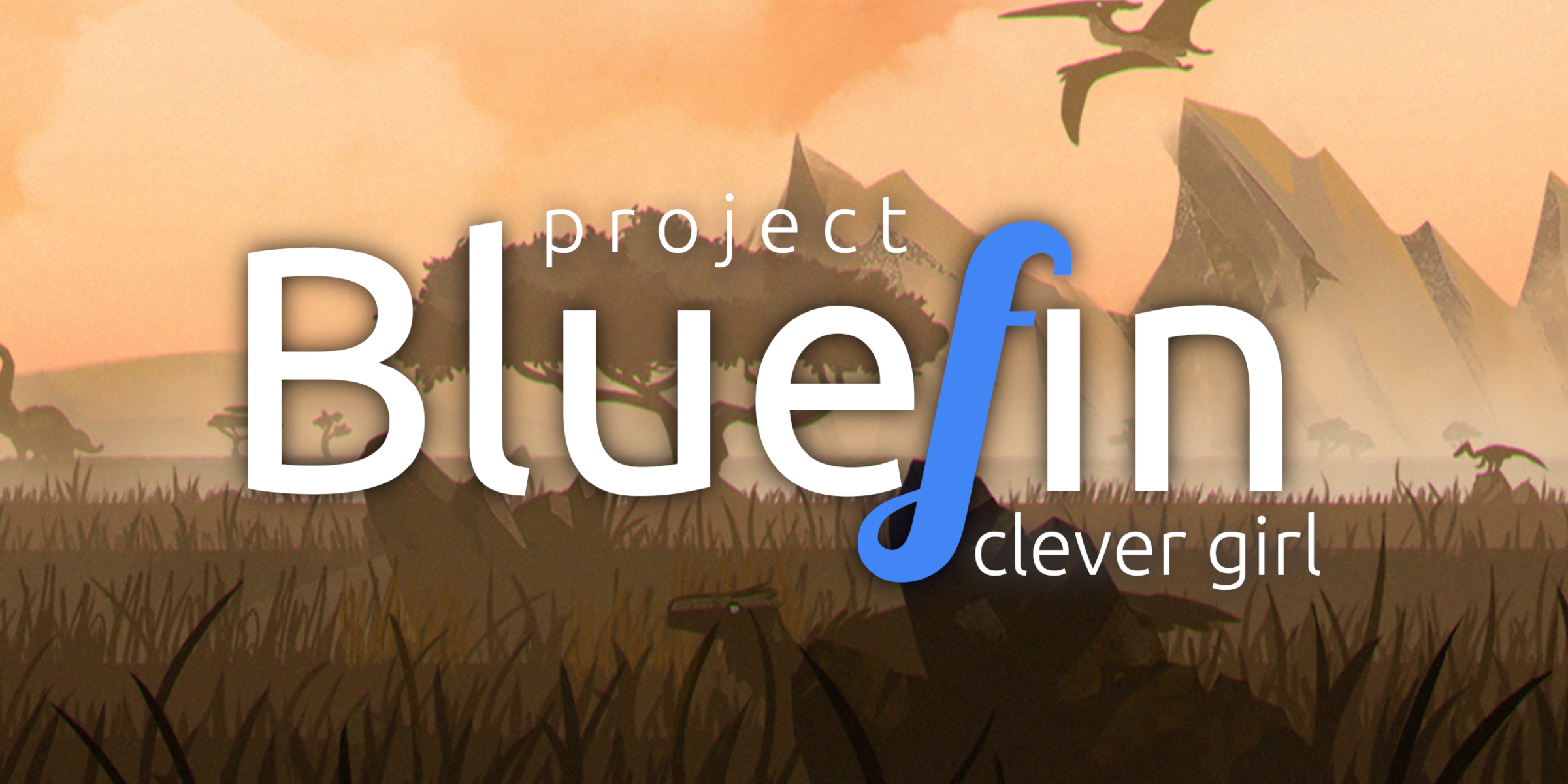

The Intel discrete cards are fantastic value for money. There’s plenty of folks on the internet who can attest to this. Intel’s support story in general (so not just graphics cards) on Linux has been nothing less than sterling. If you’re using any Linux kernel you can expect Intel stuff to just work. It’s been this way for at least a decade.


I run Guix System on my personal laptop and Project Bluefin on my work machine.
Guix is even easier to get started with now thanks to the Guix Packager , a web UI for writing Guix package definitions.
Project Bluefin auto-updates thanks to its use of container images deliver system updates. It’s also just a great platform to get started writing containerized apps, since it ships with rootless Podman by default and you can easily add new developer tools using
justcommands.